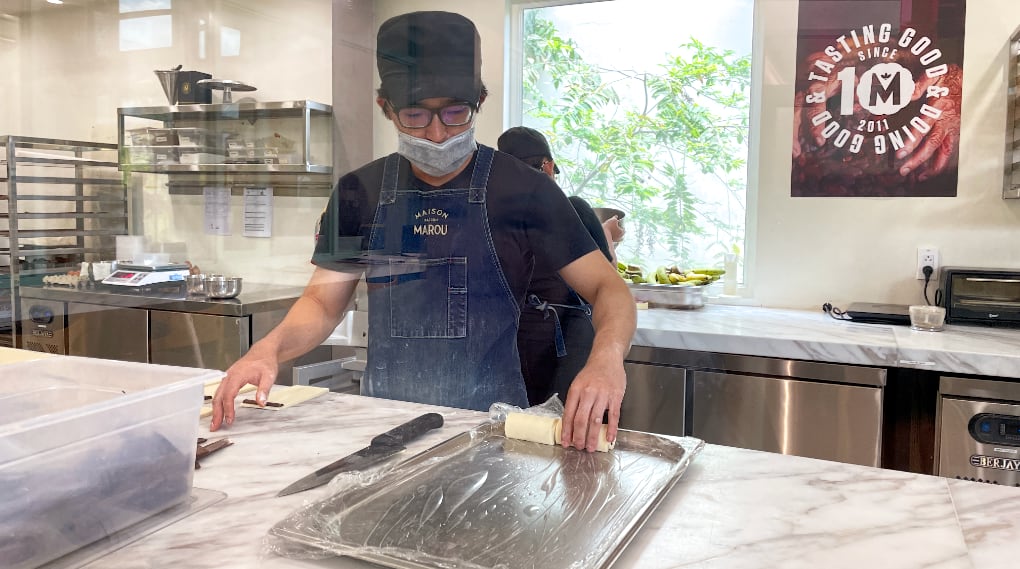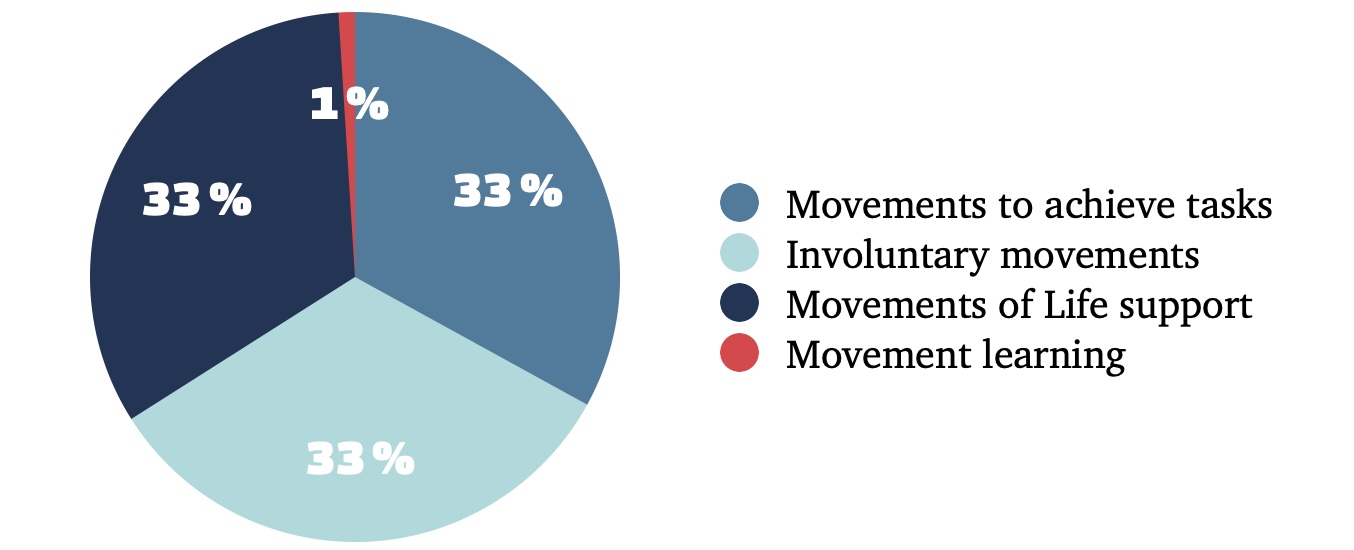My apartment’s door snapped shut behind me, I strolled down the hallway, reached out to press the button to call the elevator to floor number 22 and noticed: this is all without obstacles. The floor is flat. I took the elevator down to Basement, drove my motor scooter for 10 minutes on level streets through easy traffic. There was one step to climb from parking to the entrance of the coffee shop, and one semi-heavy glass door to push open.
I noticed that I’m constantly required to do hand-eye coordination and thousands of manipulations with my hands, like handling a tube of tooth-paste and a tooth-brush, turning keys, fishing out my wallet from my laptop bag, separating notes of paper money, unwrapping and sticking a straw into my iced tea and fishing out peach slices with a spoon, typing on a keyboard.
Contrariwise, there’s no such challenges for the whole self. No walls no trees no ropes to climb, no stairs up stairs down, the spiral staircases property to historical locations long past, like Hampstead and Covent Garden underground station in London, no ducking under low arched ceilings, no creeping no crawling, no swimming no jumping. The body, the whole self, held useless, unchallenged, nothing to learn here, numb and dumb.
Burdened yes, with endless sitting, walking on level ground, sprinkled with intense, short sprints of sports, and then some more sitting. Topped off with sleeping like a bronze statue cast into a mattress of Memory Foam.
Oops, that came out sounding pretty negative, wasn’t my intention at all. Maybe I’ll order another Trà Đào, peach iced tea. I wonder if I have to get up and walk all the way to the nearby counter for ordering, or if I can use the coffee shop’s app to do in-house ordering. I sit at table number 3.





